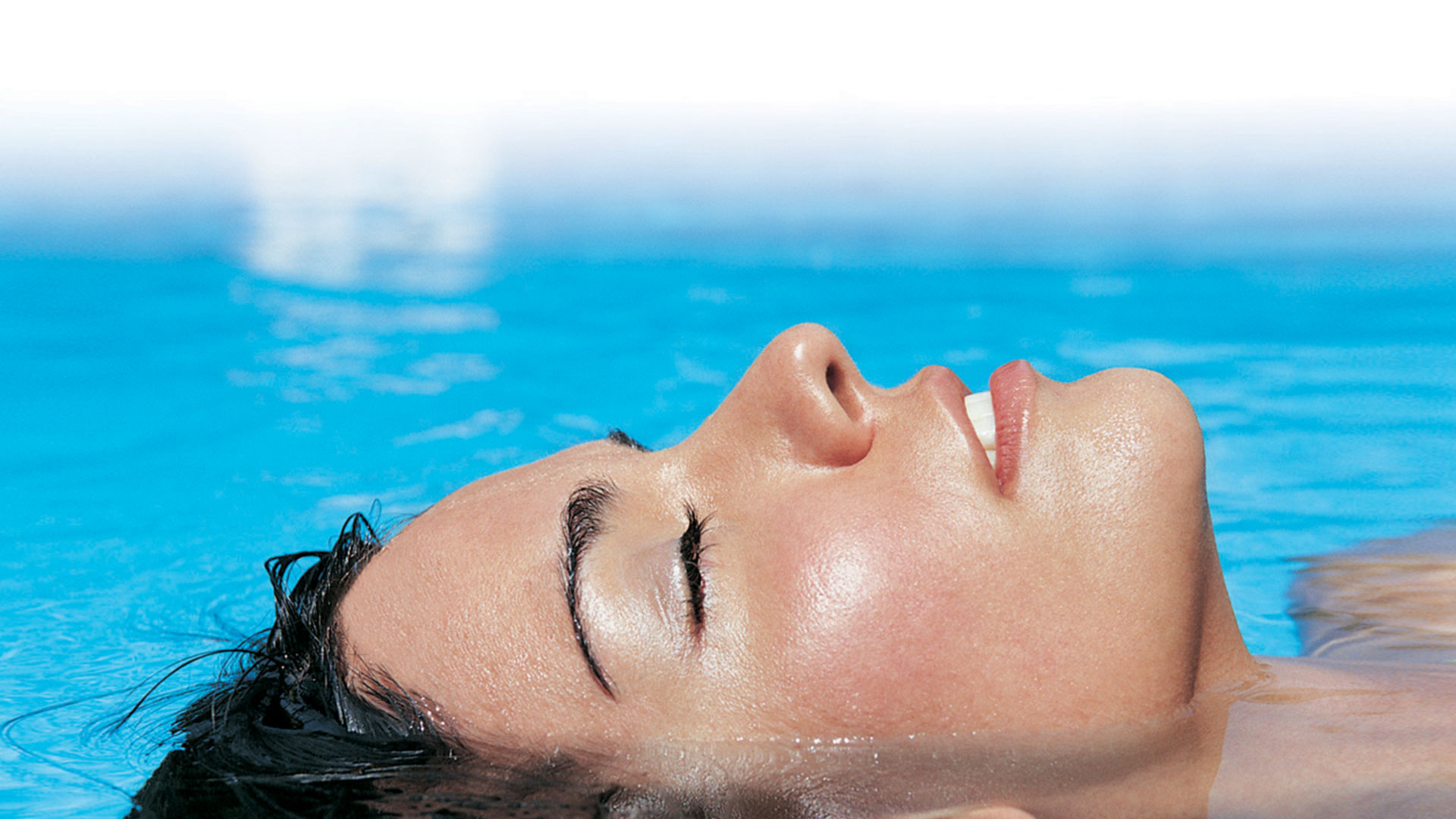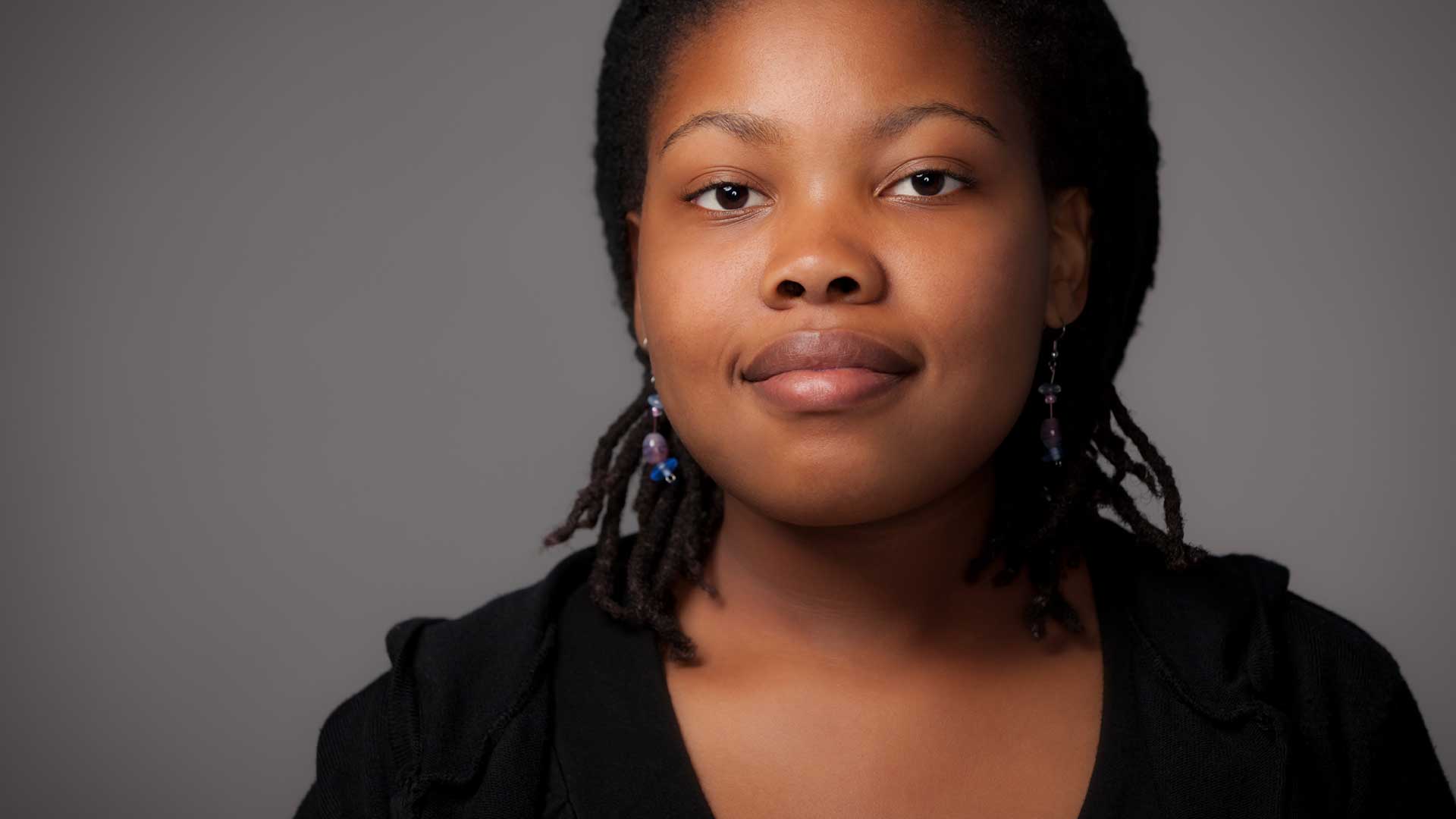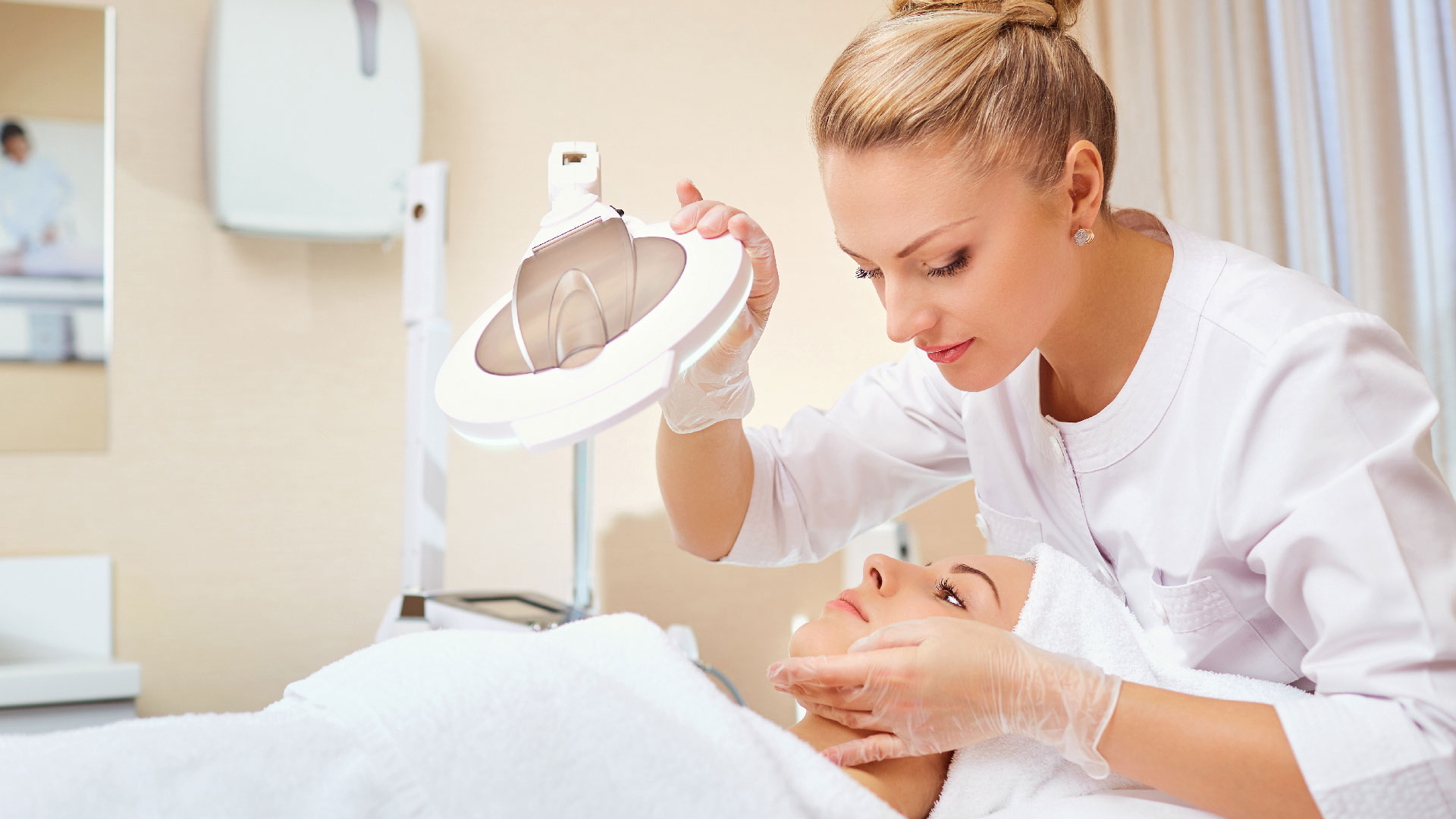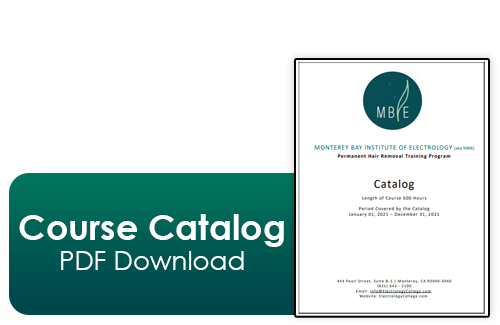



















The curriculum shall consist of six hundred (600) HOURS of technical instruction and practical training covering all topics pertaining to the practice of electrology pursuant to Section 7316 of the Barbering and Cosmetology Act.
Technical instruction shall be defined as instruction by demonstration, lecture, classroom participation, or examination. Practical training shall include the actual performance by the student of a complete service on another person and the time it takes to perform a practical operation.
The required subjects of instruction in electrolysis, thermolysis, and blend/dual modality and electricity shall be completed with the minimum hours of technical instruction and practical operation for each subject matter as follows:
Electrolysis: The removal of superfluous hair by direct current. The application of direct current to the hair follicle produces a chemical reaction. This reaction causes the salt and water in the skin to break into individual constituent chemical elements which rapidly reorganize themselves to form an entirely new substance (lye), which is destructive to the hair follicle.
Thermolysis: The subject of Thermolysis shall include the study of epilation using automatic and manual thermolysis equipment. Insertion techniques, the use of high-frequency current in both high and low intensities, skin reactions, and evaluating a client's health history for compatibility with thermolysis treatments is also included.
Blend/Dual Modality: The subject of Blend/Dual Modality shall include the study of epilation using a combination of high frequency and galvanic currents, insertion techniques, skin reactions, anaphoresis /cataphoresis, and evaluating a client's health history for compatibility with Blend/Dual Modality treatments.
Electricity: The subject of Electricity shall include the nature of electrical current as well as principles of operating electrical devices; various safety precautions to be applied when operating electrical equipment, and proper maintenance of equipment.
Laws and Regulations: The subject of Laws and Regulations shall include, but is not limited to, the following: The Barbering and Cosmetology Act and the Board's Rules and Regulations.
Health and Safety Considerations: The subject of Health and Safety shall include, but is not limited to: bacteriology, HIV/AIDS, hepatitis, herpes, staphylococcal infections and other communicable diseases and their prevention; ergonomics, electrical safety and Safety Data Sheets (SDS).
In addition to the California Barbering & Cosmetology's Health and Safety Regulations, the Institute has incorporated into its program, Infection Prevention Standards for the Practice of Electrology developed by the American Electrology Association with the assistance of the Centers for Disease Control and Prevention (CDC).
Health and Safety Training Course: (Training Course Booklet and Student Exam Booklet can be accessed at www.barbercosmo.ca.gov/schools/student_booklet.pdf.) Students are provided with electronic copies of the following:
Sterilization: The subject of Sterilization shall include, but is not limited to, the study of proper Procedures and techniques for protecting the health and safety of the consumer as well as the technician, and sanitizing equipment used in establishments. Sterilization and sanitation shall be emphasized throughout the entire training period and performed on all tools and equipment before use. Sterilization times and dates will be monitored and recorded.
Anatomy and Physiology: The subjects of Anatomy and Physiology shall include but is not limited to: Human Anatomy and physiology; dermatology and the analysis of skin and hair; and the study of the circulatory, nervous, and endocrine systems.
Business: The Board recommends that schools provide training in the area of communication skills that include: professional ethics, consultation, pre- and post-treatment care, salesmanship, decorum, record keeping, client service records, business skills, and basic tax information relating to independent contractors, employees, and employers.
Traditional classroom students are expected to attend all scheduled class sessions and activities.
Hybrid Distance Learning students work at their own pace on all theory assignments.
In this program all 600-hours of course work are completed on location at MBIE. New students begin instruction the first Tuesday of each month on a space available basis. Students currently on the waiting list will be accepted first into the next open class.
Instructional Methods: The theoretical portion of the course is presented via lecture, presentations, demonstrations, visual aids, textbook study, practical assignments, classroom projects, and verbal and written examinations. The practical portion of the course is facilitated by working directly with an experienced licensed instructor demonstrating the proper techniques of insertion/epilation.
This course is designed to be a beginning-level clinical course in which students apply learned theoretical knowledge to the practical hands-on aspects of epilation. Students will observe, evaluate, practice and acquire the skill to perform and apply the procedures and techniques used by today's practicing professionals in the field.
The 600 clocked hour course can be completed in approximately 15 weeks at 40 clock hours per week or 25 weeks at 24 hours per week, minus any scheduled holidays and missed class time. A total of 600 clock hours of practical training and technical instruction is required in California to qualify for the State Board Exam.
MBIE now offers an alternative to the traditional 600-hour Electrology course. Potential students can now elect to complete the theory portion of the program as a home-study course utilizing our HDL Program.
A HDL course, refer to classes where there is a carefully planned blend of both traditional classroom instruction and home-study learning activities. Hybrid classes combine the best of both styles of instruction.
While students work at their own pace, they are still expected to make academic gains. Instructors track data on each student to see how each one is progressing, and struggling students can receive additional help during school hours.
The HDL program is designed to correspond with students utilizing the United States Postal service and to facilitate communication electronically by the Internet, Email, Text, voicemail and Skype.
Self-evaluation assessment: Before admission, each student is required to complete a self-evaluation which will be sent to each student via United States 2-day Priority Mail or electronically. The assessment is used to demonstrate whether a student has the skills and capabilities to succeed in a home-study environment. The successful HDL Education Student will be a self-motivated individual willing to work hard to succeed. It is recommended that the student be able to follow directions and be familiar with the use of a computer.
Students enrolled in the HDL course are required to have no less than 340-hours of theory and 260-hours of practical classroom training to meet the 600 minimum hours required by the California Board of Barbering and Cosmetology. It is important to note that if you select the Hybrid program, you will be completing only the theory portion outside of the Institute, and that you must complete the practical portion at the Institute.
© 2019–2025 Monterey Bay Institute of Electrology. All rights reserved.
Website design by Hammer Data Systems, LLC. - Websites for electrologists